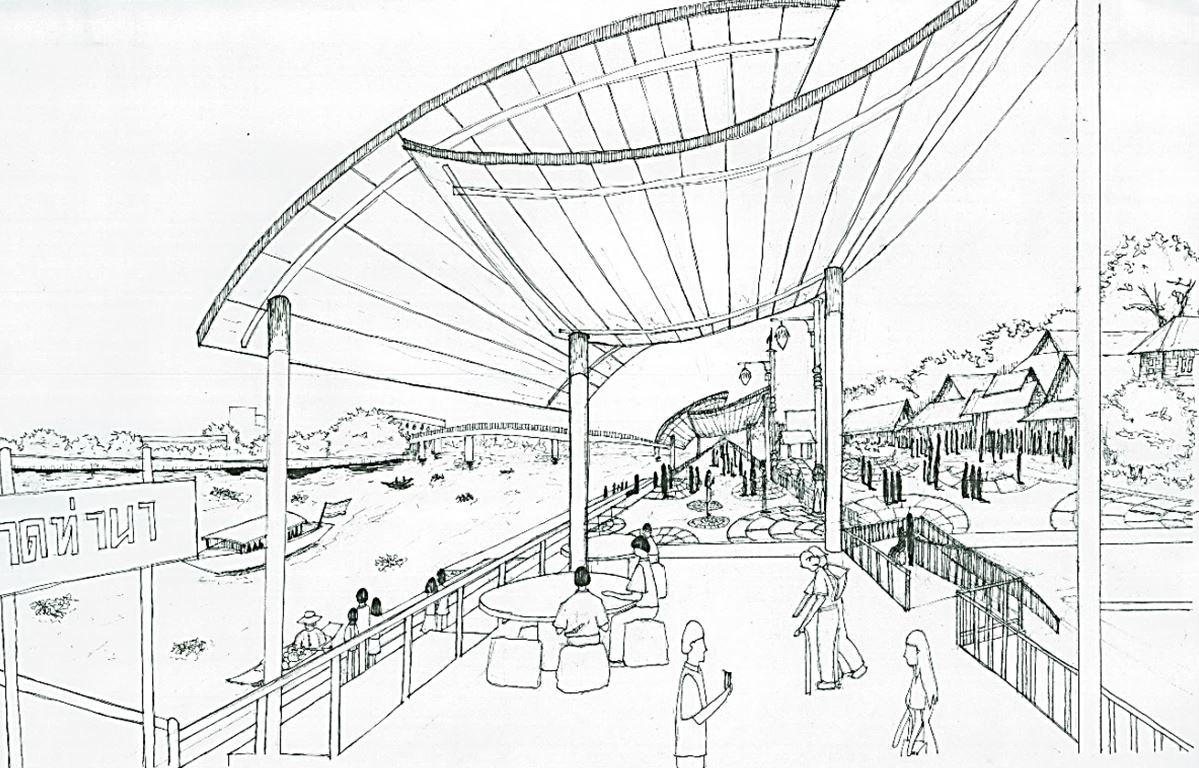A Study of Developing Gastronomy Tourism in the Areas of Different Contexts: Case Study of Nakhonpathom Province
Main Article Content
Abstract
Based on community resources conducive to gastronomy tourism, this research selected Nakhonpathom Province as a case study. The objectives of the research were to 1) analyze the potential of Nakhonpathom Province and the study areas toward gastronomy tourism, 2) analyze the problems and needs of the stakeholders in the areas, and 3) propose guidelines for gastronomy tourism development of Nakhonpathom Province. Research was conducted by selecting the study areas from each district. Data was collected from documenting, surveying, and mapping methods, including interviewing 120 people. The variables framework based on the concept of area-based development. The results were found that Nakhonpathom Province and the seven study areas, Phrapathom-Chedi Night Market (Mueang district), Thana Market (Nakhonchaisi district), Donwai Market (Samphran district), Lamphaya Floating Market (Banglen district), Ban-Saladin Community Mahasawat Canal (Phutthamonthon district), Laos-Khrang Community Ban-Thungphakkut (Dontum district) and Thai-Song-Dam Community Ban-Nongthiam (Kamphaengsaen district), have potential for gastronomy tourism. The strengths of all sites are physical resources, activities, knowledge and skills, cultures and identities, and images. The gastronomy tourism development guidelines are divided into two levels. The first level, for the study areas. is proposed as physical and policy guidelines. The second level, for the province, is presented as four tourism types which are the gastronomy tourism on riverside areas, the cultural tourism and local food, the gastronomy tourism an agricultural community, and the gastronomy tourism at a night market. Propose guidelines for design, improvement, and development of the physical environment strengthening from the potential of each type of tourism.
Downloads
Article Details

This work is licensed under a Creative Commons Attribution-NonCommercial-NoDerivatives 4.0 International License.
All material is licensed under the terms of the Creative Commons Attribution 4.0 International (CC-BY-NC-ND 4.0) License, unless otherwise stated. As such, authors are free to share, copy, and redistribute the material in any medium or format. The authors must give appropriate credit, provide a link to the license, and indicate if changes were made. The authors may do so in any reasonable manner, but not in any way that suggests the licensor endorses you or your use. The authors may not use the material for commercial purposes. If the authors remix, transform, or build upon the material, they may not distribute the modified material, unless permission is obtained from JARS. Final, accepted versions of the paper may be posted on third party repositories, provided appropriate acknowledgement to the original source is clearly noted.
References
Department of Community Development, Ministry of Interior. (2018). Guideline for the Operation of the OTOP Tourism Community Project. Retrieved from http://plan.cdd.go.th
Designated Areas for Sustainable Tourism. (2018). Gastronomy Tourism. Bangkok, Thailand: CoCoon&Co.
Guzel, B., & Apaydin, M. (2016). Gastronomy Tourism, Motivations, and Destinations. Retrieved from https://www.researchgate.net.
Hongchatikul, U. (2017). Thailand as a Gastronomy Destination. Retrieved from http://news.mbamagazine.net
National Reform Steering Assembly. (2016). Management of the Province to the Achievement based on Area-Based Approach. Retrieved from https://www.parliament.go.th
Sinthusiri, N. (2014). Development and Enhance the Publicity of Thai Food to Promote Thai Tourism. Bangkok: Institute for Good Governance Promotion.
Tourism Authority of Thailand. (2018). Eat Local: Locallicious. Retrieved from www.thelocallicious.com
Wangsai, C. (2018). Food will keep us alive. Retrieved from http://www.etatjournal.com


